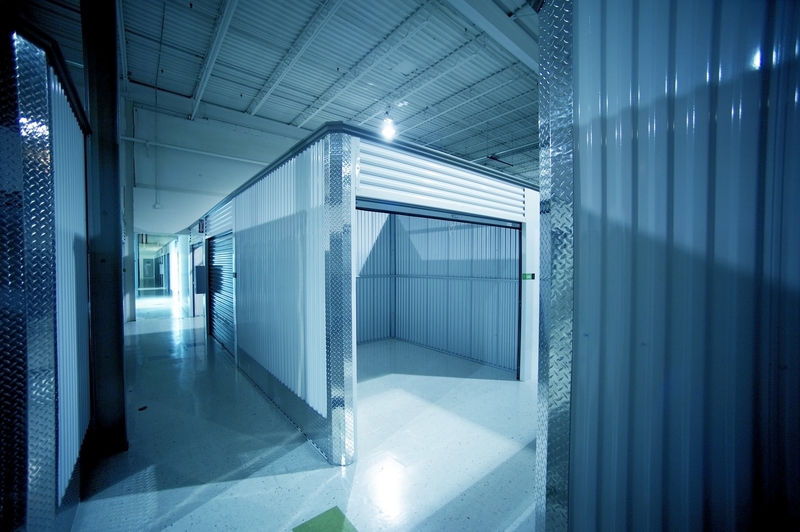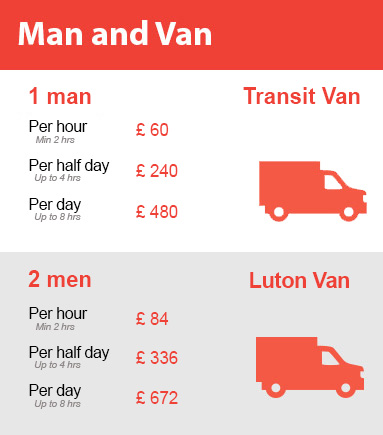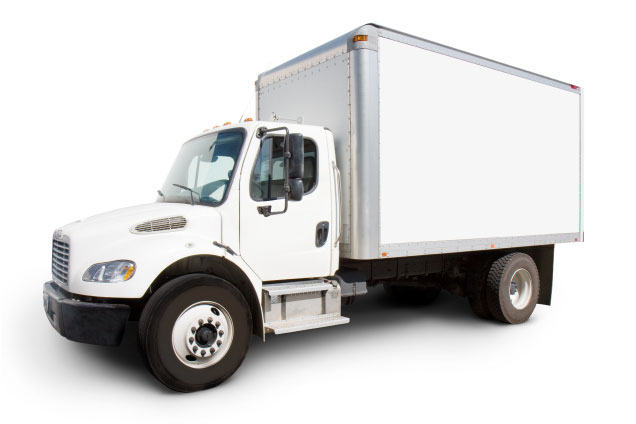Understanding the Complexity of Piano Moving and Its Risks
Posted on 25/06/2025
Understanding the Complexity of Piano Moving and Its Risks
When it comes to relocating a piano, many people underestimate the challenges and risks involved. The intricate design, immense weight, and sentimental value of pianos make moving them a delicate process. Whether you own a grand piano, upright, or a digital keyboard, proper handling is crucial to prevent costly damage or personal injury. This comprehensive guide explores the complexity of piano moving and what risks you should be aware of when taking on this task.

Why Is Piano Moving So Complex?
Pianos, often regarded as the king of all instruments, are not only valuable but also exceptionally delicate. The complexity of moving a piano goes beyond its visible structure. Here's what contributes to the piano moving difficulty:
- Sheer Weight: Most pianos weigh between 300 to 1,400 pounds depending on the style and size.
- Fragility: The strings, hammers, and soundboard are highly susceptible to damage from sudden shocks and vibrations.
- Size and Shape: Grand pianos can be up to 9 feet long and must often be disassembled for transportation.
- Delicate Finish: The surface can be scratched or marred easily during transit.
- Complex Mechanics: With over 10,000 moving parts, internal disruptions may cause expensive repairs or tuning issues.
Types of Pianos and Moving Challenges
Not all pianos are created--or moved--equally. Below are the main types of pianos and the unique issues presented when relocating each:
Upright Pianos
Upright pianos are generally smaller and somewhat easier to move compared to grand pianos. However, they're still extremely heavy and awkward to maneuver through tight spaces. Their internal strings and hammers are sensitive to jolts, requiring the correct technique when lifting and positioning.
Grand and Baby Grand Pianos
These pianos can weigh up to 1400 pounds and often exceed 6 feet in length. Moving a grand piano usually requires disassembly, including removing the legs, pedal lyre, and sometimes the lid. Maneuvering them through narrow hallways, stairs, or doorways presents significant risk.
Digital and Console Pianos
Though lighter than their acoustic counterparts, digital or console pianos should still be handled with care. The electronic components are vulnerable to moisture, jostling, and impact.
Risks Associated with Piano Moving
Attempting a DIY move or hiring unqualified movers can lead to numerous risks. Understanding these dangers can help you make an informed decision about how best to move your valuable instrument.
Physical Injury
- Improper lifting and handling may cause serious back injuries, strains, or fractures.
- Pianos can tip or roll unexpectedly, risking crushed fingers, toes, or worse.
- Stairs and uneven surfaces increase the risk of accidental drops or falls.
Property Damage
- Scratched floors, dented walls, or broken stair railings are common if equipment isn't used properly.
- Dragging a piano, even a short distance, can permanently scar hardwood, tile, or carpet.
- Clusters of bumps can damage both the piano and the property.
Damage to the Piano
- Exposure to internal components can lead to warped soundboards, misaligned keys, or snapped strings.
- Exterior damage, like chips or cracks in the finish, can seriously reduce the instrument's value.
- Pianos require delicate tuning--rough movement can require expensive re-tuning or repairs.
Loss of Sentimental or Monetary Value
Historical, familial, or antique pianos often carry irreplaceable sentimental value. Even minor blemishes or tuning issues can result in a loss of character and worth. Proper handling is essential to preserve these unique treasures.
How Professional Piano Movers Mitigate the Complexity and Risks
Hiring professional piano movers significantly reduces the chances of injury and damage. These experts have specialized training, equipment, and techniques for safely transporting pianos of all types. Here's how they manage the job:
- Assessment: Movers evaluate the piano's size, weight, and route within both locations to anticipate challenges.
- Preparation: Wrapping and padding the instrument with thick blankets and securing all moving parts.
- Specialized Tools: Usage of piano dollies, skid boards, straps, and ramps specifically designed for transporting heavy musical instruments.
- Teamwork: Coordinated effort from several trained movers to bear load equally and minimize risk.
- Insurance: Reputable movers carry insurance to cover damages or loss. This is invaluable for peace of mind.
Equipment Required for Safe Piano Relocation
The tools used during a professional piano relocation are specialized for the task and play an essential role in minimizing risk.
- Piano Dollys: Sturdy, wheeled platforms to move pianos smoothly across surfaces.
- Heavy-duty Straps: Secure the piano on dollies or trucks, preventing shifting during transport.
- Skid Boards: Flat pieces significant for moving grand pianos, especially on stairs or uneven terrain.
- Padded Blankets: Protect the piano's finish from scratches and chips.
- Lifting Harnesses: Help distribute weight evenly among movers and offer better leverage.
Essential Steps in the Piano Moving Process
To further understand the complexity of piano moving, let's outline the key steps involved:
- Planning the Route: Map out the pathway for moving the piano, removing obstacles and measuring doorways and staircases for fit.
- Disassembly: For grand pianos, remove legs, pedals, and lyre; upright pianos may require removal of music racks or casters.
- Packing and Wrapping: Cover every part of the piano with blankets and padding to shield against dings and scratches.
- Lifting Safely: Using team coordination and proper lifting techniques to avoid injuries.
- Securing: Properly fasten the piano to moving dollies and later in the transport vehicle.
- Transportation: Drive carefully, avoiding sharp turns or sudden stops.
- Reassembly and Placement: Reverse the disassembly process and ensure the piano is level and stable on arrival.
- Tuning and Inspection: After the move, a professional should tune and check for interior or exterior issues.
Common Mistakes to Avoid During Piano Moves
Awareness of frequent mistakes can help avoid some of the most typical piano moving disasters:
- Underestimating Weight: Never assume a few people can lift a piano safely--get the number of movers right.
- Poor Planning: Not measuring door frames, hallways, or stairs in advance can lead to damage or unsuccessful moves.
- Lack of Equipment: Attempting to move a piano without proper dollies, straps, or padding increases all risks.
- Ignoring Transportation Risks: Improperly secured pianos can shift during vehicle transit, causing both interior and exterior damage.
- No Professional Help: Avoiding qualified movers to save costs can result in more expensive repairs and lost value in the long run.
Tips for a Safe Piano Move
- Hire Professionals: Engage experienced piano movers with solid references and insurance.
- Prepare in Advance: Schedule moves during daylight and clear all pathways before starting.
- Communicate: Inform movers of tight corners, steps, or elevator constraints beforehand.
- Inspect the Piano: Take photos and note any pre-existing damage for insurance purposes.
- Control the Climate: Sudden changes in temperature or humidity can severely affect a piano; avoid moving in inclement weather if possible.
- Have the Piano Tuned: Relocate with the expectation that you'll need a follow-up tuning.
Insurance Considerations for Piano Moving
A trustworthy piano mover will offer moving insurance. This covers:
- Damage to the piano during the move
- Damage caused to the property during relocation
- Personal injury coverage for movers and bystanders
Always ask your piano moving company about the specifics of their coverage and what circumstances may void the policy. Taking photos and documenting the piano's condition before and after the move is always recommended for insurance claims.

Post-Move Piano Care
The job isn't over once the piano is in place. Here's how to care for your instrument after a move:
- Tuning: Even a carefully handled piano often requires re-tuning after being moved.
- Inspection: Check for any damage to the legs, keys, pedals, and external finish.
- Acclimation: Allow the piano to adjust to its new environment for at least 24-48 hours. Rapid climate changes can negatively affect the wood and internal components.
- Placement: Keep your piano away from direct sunlight, radiators, and exterior walls to protect against moisture and temperature fluctuations.
Conclusion: The Value of Professional Piano Moving
Understanding the complexity of piano moving and its risks is crucial for any owner looking to relocate their cherished instrument. The weight, delicacy, and value attached to pianos make their safe transport a job best left to professionals. While a DIY approach may seem economical, the potential for injury, property damage, and costly repairs is simply too high.
Whether you're moving a grand concert piano or a family heirloom upright, investing in qualified piano movers ensures the instrument arrives at its new home in pristine condition. Take the time to plan, communicate, and opt for insured, recommended moving professionals. Your piano's beauty, sound, and sentimental worth depend on it.
Protect your investment--let the professionals handle the move.
Related keywords: grand piano moving risks, safe piano relocation, piano moving challenges, professional piano movers, moving a heavy piano, piano damage prevention, piano transport insurance, piano protection during moves.





